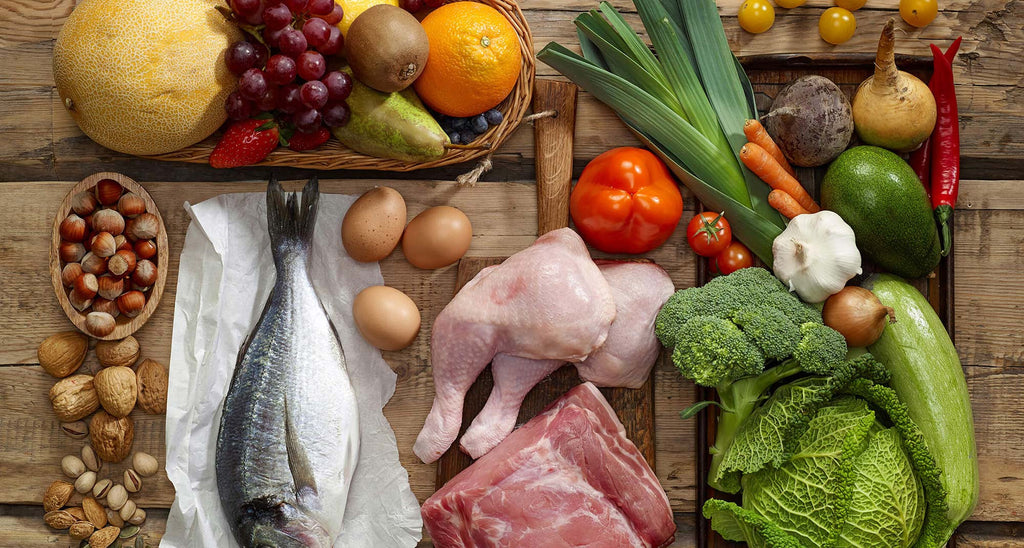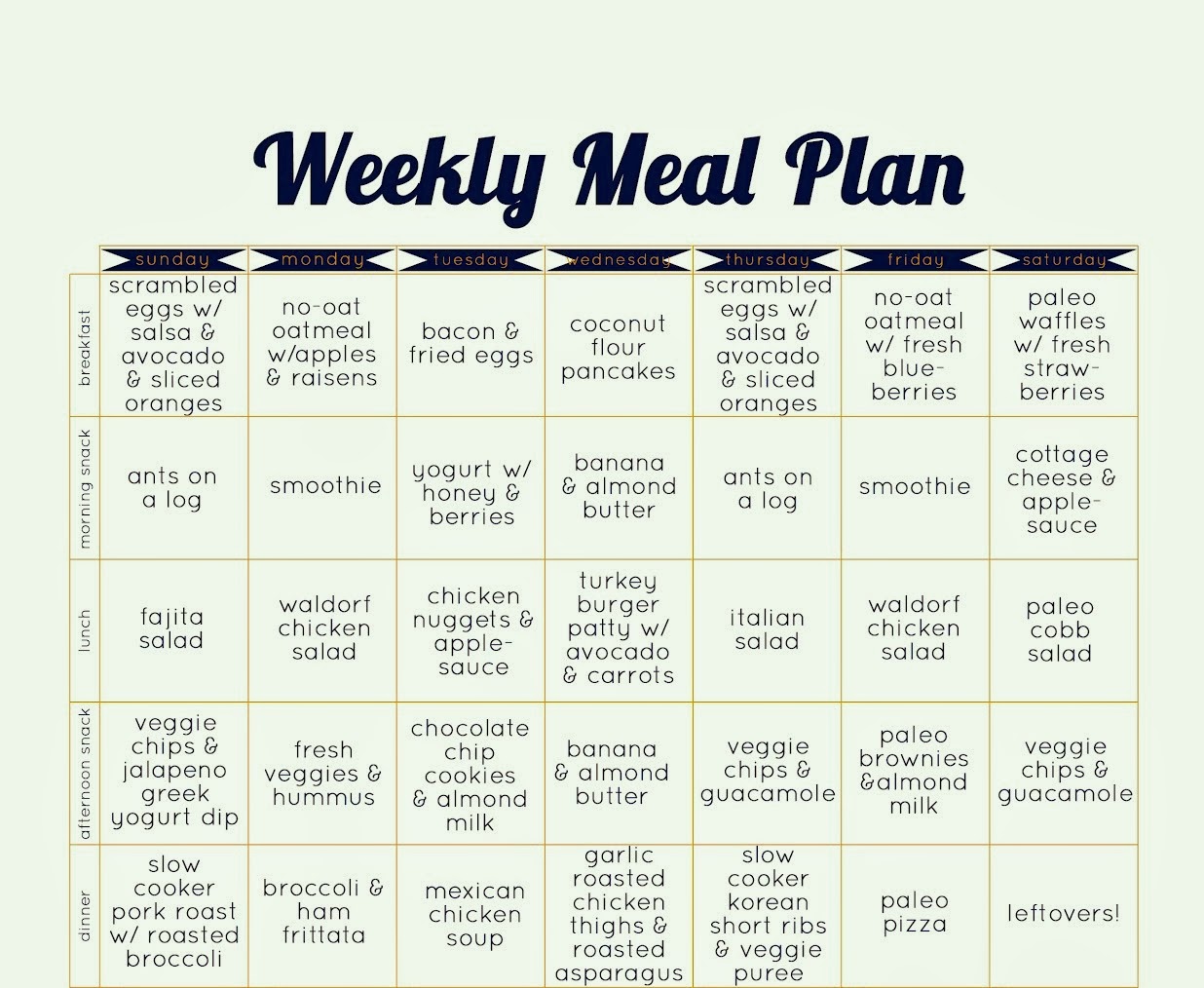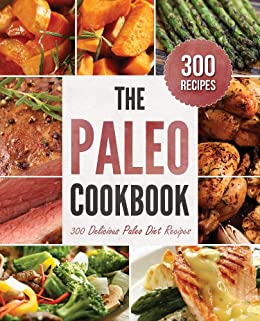
If you are a beginner or have never heard of the Paleo diet before, it might be time to read some reviews of this diet. We will discuss the potential health benefits and side effects of this diet, as well as its applicability. Whole grains, fruits, vegetables, nuts, seeds, fish, and fish are all part of this diet (preferably wild and sustainable). It excludes meat unless you're bow hunting in the wild. The diet is also moderately high in dairy, which is a good source of calcium. It also includes whole grains as well as legumes.
Problems with Paleo Diet
There are many issues with the Paleo diet. It's too high-in meat and eggs. It also excludes many healthy foods such as dairy and grains. The Paleo lifestyle is not based on scientific research, despite the apparent advantages. These are some of the most frequent problems associated with this diet. Below are common Paleo problems. Be sure to weigh your options before you make the change.
Paleo diet is based on the belief that humans evolved to eat fish and meat. The Arctic is home to very few edible plants, so these people were able survive without food. That's why the Paleo diet discourages the consumption of grains. This diet has many benefits, so incorporating it into your daily diet can help you lose weight and stay fit.
Potential health benefits

Paleo may offer some benefits to people with metabolic diseases due to its high-protein and low-carbohydrate content. The reduced intake of sugars (which are often associated to insulin resistance), increases the body’s capacity to process glucose and improves insulin sensitivity. It can also be helpful for those suffering from autoimmune disorders. The body will have a lower intake of grains and legumes. But it is important that you avoid whole grains. This can decrease the intake of good nutrients and increase the chance of developing diabetes or cardiovascular disease.
The American Physiological Society published a study that showed the diet could reduce inflammation and even lower the use of prescription drugs for patients with type 2. More research is required to confirm the diet's benefits and potential for reducing medication. The diet discourages high-processed foods but many have enjoyed significant benefits. Paleo does require people to avoid refined foods like pastas and breads.
Possible side effects
One reason for some of the side effects of the Paleo diet is the exclusion of cereal grains. You will lose fiber and B vitamins if you eat fewer cereal grains. This is important for controlling blood sugar. Eliminating grains may increase your risk of developing chronic diseases such as diabetes. In addition, cereal grains also contain important nutrients like iron and magnesium, which can lower cholesterol and protect your body from chronic diseases. You should be aware of possible side effects if you have been consuming cereal grains for a very long time.
Bad breath is one side effect of Paleo. Bad breath can be a sign of a variety of things. It depends on how you eat and what your body is doing. Your breath might smell especially bad if you're in ketosis. In addition, the increased protein in your diet may increase the production of hydrogen sulphide in your gut. This can cause unpleasant burps. It may also lead to a smell similar to eggs.
Application

Despite the numerous claims of weight loss and healthy living, the Paleo diet does not have adequate research to back its weight loss claims. The diet limits or completely eliminates entire food groups, such as grains and dairy products. It can lead to a high intake of saturated fats and a lack of key nutrients. It is considered somewhat unsafe. Here are some reasons why you should not follow the Paleo diet:
Paleo also encourages the consumption and absorption of lean meats. It can also be used as part of a nutrition plan that is tailored to power and strength athletes. The diet will be more restrictive during off-season and more flexible during sports seasons. This allows athletes the opportunity to include more CHO during their sport season. For strength and power athletes, this may make it difficult to adhere to the diet plan.
FAQ
What is the average time it takes to become a chef? What is the average career path in this field?
Five years is required to become a professional chef. You will be able to learn basic cooking techniques as well as gain practical experience working in a kitchen. Once you have completed your training, you may apply for executive, sous, and line chef positions. The annual average salary of a chef is $25,000-$60,000.
Can you become a self-taught chef?
Yes, you can self-teach cooking! No matter how much you know, cooking is something that everyone enjoys. If you're interested in learning how cook at home, then start cooking. Start small with things like making pancakes or spaghetti sauce for your dinner. Try new recipes and be open to experimentation when learning how to cook. It is possible to make mistakes.
The time it takes to learn to cook can vary from just a few hours up to several weeks, depending upon your skill level. It's important to remember that cooking isn't just about following recipes. There are so many ways to prepare food.
How do you learn to cook the best?
Cooking should be something everyone can do. You will miss out on great meals if you don't learn how to cook. You must start by finding a recipe you enjoy and following it closely when you learn to cook. Next, you'll want to practice making small changes to the recipe until you feel comfortable making the dish yourself. Try cooking for others. This will improve your cooking skills as well as test your culinary abilities.
How much does a culinary school cost?
The cost of a culinary school depends on where you are, how much you study, and what program or course you choose. Average tuition costs between $10,000 and $30,000. Most students graduate with approximately $20,000 in debt. Some programs offer scholarships, grants, or work-study opportunities.
How long does it take to learn to cook? How long will it take me to learn how?
It depends on what kind of skill level you are trying to achieve. Some people can master basic cooking techniques in a matter days. Some people take months to learn how to cook. Others may need to wait for years.
The amount of time needed to learn to cook varies considerably based on the person. A person who has never cooked before will likely need more time to learn than someone who is a regular cook. You may also need more experience with certain types of cooking than others. Baking, for example, requires more experience than frying.
You should learn a particular technique to improve your cooking speed. You can then move on to the next technique once you have mastered it. Do not worry about how long it takes you to learn how to cook. You can just keep at it and enjoy the process.
Statistics
- The median pay for a chef or head cook is $53,380 per year or $25.66/hour, according to the U.S. Bureau of Labor Statistics (BLS). (learnhowtobecome.org)
- under 10 Kids have been taught that there is special food just for them, and Fiese says that 10 percent of kids will throw a tantrum if they don't get the food they want. (washingtonpost.com)
- You'll be amazed that over 90% of CIA students receive scholarships and grants to finish their culinary studies. (ischoolconnect.com)
External Links
How To
How to make the perfect omelet
Omelets is one of my favourite breakfast foods. How do you make them perfect? I have tried many different recipes and methods, but none of them work. So I wanted to share some tips and tricks so that you can make delicious, fluffy omelets every morn.
It is important to know that eggs can be temperamental when making omelets. You must get them fresh, organically, and keep them cold until you cook. If they are not kept cold enough, the whites won’t form properly. The yolks will also break down too quickly and become runny. This causes your omelets to look oddly colored. If you want to make omelets right away, it's best not to use eggs that are too cold.
Another tip is to separate each egg before adding them to the saucepan. Because this could cause your omelet to become curdled, you don't want any yolk to be mixed with any white.
The bottom part of an egg that is added directly to the stovetop might be burned, which could cause a ruined texture in your omelet. Instead, heat the egg for 10 seconds in the microwave before placing it in the pan. The microwave heat will cook the egg just right without making it too hot.
Let's now talk about mixing eggs. Mixing eggs together is important. You need to beat them well. You can do this by turning the bowl of your mixer upside down. Next, shake the bowl vigorously. This allows the air to be whipped and the egg to be mixed thoroughly.
Now comes the fun part - pouring the milk into the mixture. First, pour half of the milk into the beaten eggs and then fold the eggs gently into the remaining milk. You don't need to worry if streaks remain. They will disappear once you flip your omelet.
After you have folded the eggs, heat the oil in a pan over medium heat. Once the oil has started to sizzle, turn the heat down to low. Once the oil has gotten hot, add 1/4 cup of butter and swirl it around so that the entire pan is coated. Now carefully crack open the lid of the pan and sprinkle salt into the pan. A pinch of salt will help prevent the omelet from sticking to the pan.
Cover the pan once you have formed the omelet. Wait for the top to set. Flip the omelet with a spatula, or flip it upside down. Cook the other side for another minute or two. Serve the omelet immediately by removing it from the pan.
This recipe works best when you use whole milk.